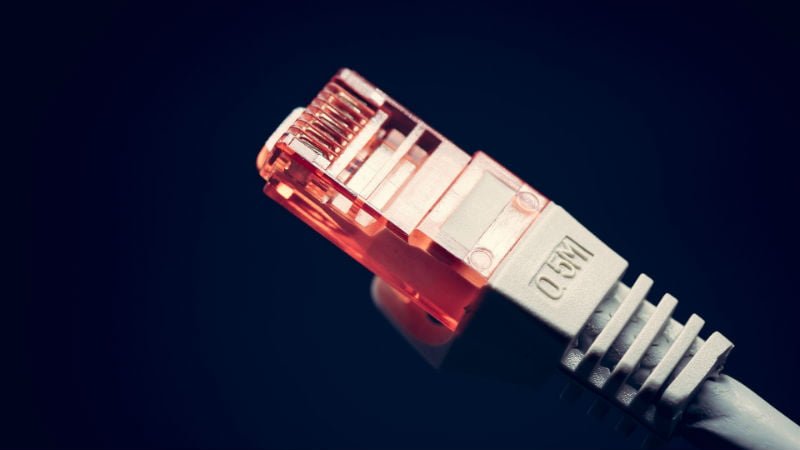National Broadband Mission (NBM) has been announced today and it ensures that all the rural villages will get high-speed broadband connectivity in the coming years. Ravi Shankar Prasad, Minister for Communications, Law & Justice and Electronics and Information Technology has launched the National Broadband Mission at an event held in New Delhi. The vision of NBM is to fast track the growth of digital communications infrastructure, bridge the digital divide, provide affordable and universal access of broadband for all and facilitate digital empowerment and inclusion, said a release. NBM will ensure that all the villages will get broadband connectivity by the end of 2022.

National Broadband Mission: What Exactly is It?
It is worth noting that the National Digital Communications Policy (NDCP) is different from the newly announced National Broadband Mission (NBM). Some of the objectives of the mission are: provide broadband access to all villages by 2022, facilitate universal and equitable access to broadband services for across the country and especially in rural and remote areas, and laying of incremental 30 lakhs route km of Optical Fibre Cable and increase in tower density from 0.42 to 1.0 tower per thousand of population by 2024.
Besides the above mentioned three missions, the National Broadband Mission also aims at significantly improving the quality of services for mobile and internet and it also helps in developing innovative implementation models for Right of Way (RoW) and to work with States/UTs for having consistent policies pertaining to expansion of digital infrastructure including for RoW approvals required for laying of OFC.
Furthermore, NBM will also have a Broadband Readiness Index (BRI) which will measure the availability of communications infrastructure and conducive policy ecosystem within a State/UT. The government will also create a digital fibre map of the Digital Communications network and infrastructure, including Optical Fibre Cables and Towers, across the country.
There will also be a massive investment from stakeholders of USD 100 billion (Rs 7 lakh crore) including Rs 70,000 crore from the Universal Service Obligation Fund (USOF).
Data Consumption and Subscriber Base Saw a Massive Increase Compared to 2014
In other news, the government has introduced this new broadband mission is to meet the ever-growing needs for internet. Right now, in India, an average person is consuming 9.77GB data per month which is up by a staggering 1120% compared to 2014. Not only that, but telecom subscribers are also growing at a rapid pace in the country with Reliance Jio adding nearly 10 million users every month.
| Year | 2014 | 2019 |
| Mobile Subscribers (in millions) 30% Growth | 907.42 | 1173.75 |
| Internet Subscribers(in millions) 165% Growth | 251.59 | 665.31 |
| Broadband Subscribers(in millions) 530% Growth | 99.2 | 625.42 |
| Tele-density (%) 20% Growth | 75.23 % | 90.52 % |
| Rural Tele-density (%) 31% Growth | 44.01 % | 57.59 % |
| Data Consumption (in GB per subscriber per month) 1120% Growth | Less than 0.80 GB | 9.77 GB |
As for the comparison, India had just 251.59 million internet subscribers back in 2014, however, the number saw an increase of 165% and reached 665.31 in 2019. Mobile subscribers were just 907.42 in 2014 and it has been increased to 1173.75 in 2019.
The data usage saw a drastic increase since 2016, especially after the entry of Reliance Jio to the Indian telecom market. For example, before Reliance Jio, the average per GB price was Rs 205, however, it's now less than Rs 5 with the long-term tariff plans. In the coming days, the data consumption in India will only increase, even if telcos hike the tariff prices. Reliance Jio is still offering 1.5GB data per day for 28 days under Rs 200, so consumers are still going to recharge the pack and continue using the data benefit for a month.















